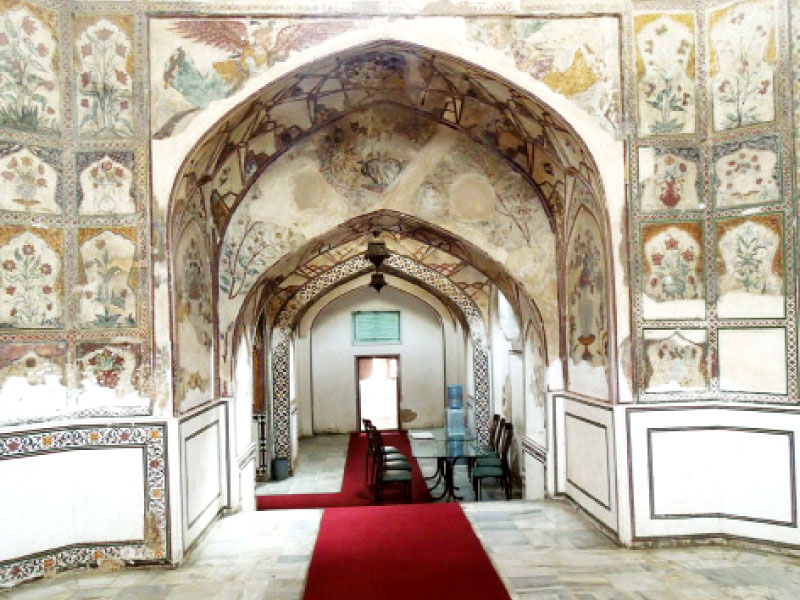
Walled City of Lahore Authority (WCLA) Director General Kamran Lashari said on Wednesday that conservation work at the shahi hamam was being carried out with the objective of integrating the hamam in its urban surroundings.
He said the hamam’s original baths, structural fabric, waterworks and amenities would be restored under the project. Lashari said the project was being carried out along with the WCLA’s shahi guzargah project. He said the project would complement the Delhi Gate and the Delhi Gate Bazaar. Lashari said that upon completion, the bathing structures, pools and cisterns would either be opened for exhibition or would be brought back into use. He said other areas could be used as galleries or for public functions such as poetry recitals, talks and story-telling activities. Lashari said proposals for the establishment of facilities such as public toilets, souvenir shops, a restaurant and a visitors’ facilitation centre near the hamam were being examined.
WCLA Marketing and Tourism Director Asif Zaheer said the hamam was being restored as it had borne witness to the widespread tradition of communal bathing in Lahore during the paramountcy of the Mughal Empire. He said bathing houses in the sub-continent had facilitated social interaction among the public. Aga Khan Cultural Service-Pakistan (AGKCS-P), an affiliate of the Aga Khan Trust for Culture (AKTC), is carrying out the project with the WCLA. The WCLA has been tasked with providing administrative and financial services for the project. The cost of the project is Rs39.5 million. It is being funded by a grant from the Norwegian Embassy.
The hamam was built by Hakim Ilmuddin Ansari in circa 1634. Ansari was the governor of Lahore during the reign of Shah Jehan. The bath had served travellers and residents of the city. The single storey structure covers an area of 1,000 square metres. It has 21 interconnected rooms and a separate prayer area. The architecture of the hamam was inspired by bathing houses in Turkey and Iran. The project is expected to finish in the final quarter of 2014.
Published in The Express Tribune, August 17th, 2014.




























1714129906-0/Clint-Eastwood-(1)1714129906-0-270x192.webp)






COMMENTS
Comments are moderated and generally will be posted if they are on-topic and not abusive.
For more information, please see our Comments FAQ